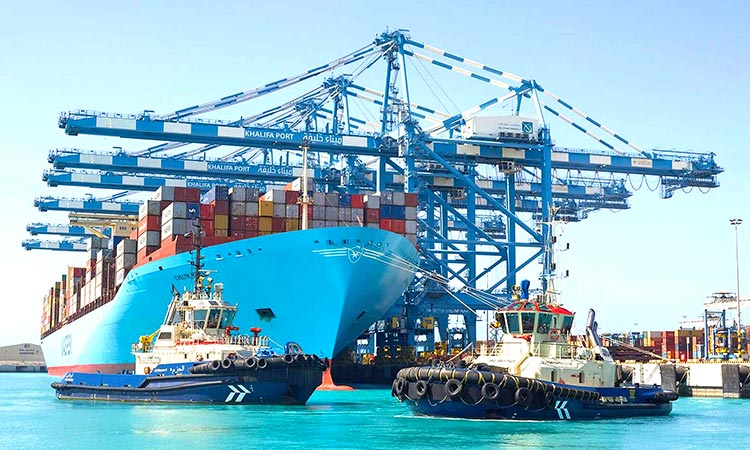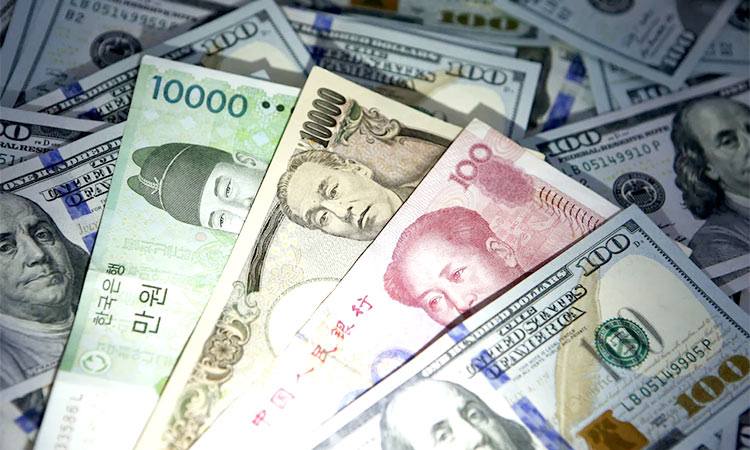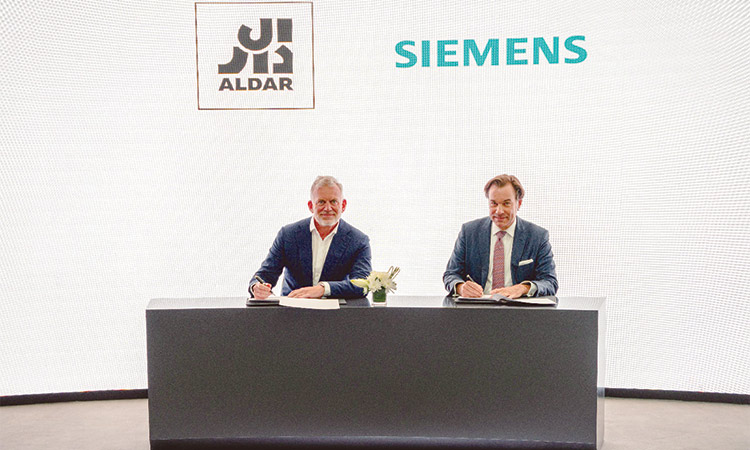Cheaper food prices lower India’s retail inflation in February

Labourers carry bunches of bananas at a market in Chennai, India. Agence France-Presse
Lower food prices halved India’s retail inflation in February to 2.57 per cent from 4.44 per cent in the year ago month.
Sequentially the Consumer Price Index (CPI) in February (2.57 per cent) was higher than January’s retail inflation rate of 1.97 per cent.
Accordingly, the Consumer Food Price Index (CFPI) in February stood at (-) 0.66 per cent from 3.26 per cent in February 2018. The CFPI had deflated by (-)2.24 per cent in January 2019.
Retail prices of both petrol and diesel have remained high for the past one month after a period of softening up in December-January. Though state-owned oil companies are restricting price rise by absorbing a portion of the hike, things may become difficult if the current momentum in global oil price is maintained for the next couple of months.
Product-wise, the prices of milk-based items, egg, meat and fish increased in February year-on-year. In contrast, deflation in the cost of vegetables and pulses kept food prices subdued.
Prices of milk-based products rose marginally by 0.92 per cent, while egg became dearer by 0.86 per cent and meat and fish prices recorded a rise of 5.92 per cent.
On a sub-category basis, vegetable prices reduced year-on-year in January (-) 7.69 per cent. The category of “pulses and products” became cheaper (-)3.82 per cent and that of “sugar and confectionery” (-)6.92 per cent. On Tuesday, the Central Statistics Office (CSO) also released the Index of Industrial Production (IIP) data for January.
The macro-data showed the manufacturing output massively slowed India’s factory production to 1.7 per cent from 7.5 per cent reported for the year-ago month.
Even on a month-on-month basis, the IIP declined in January against December 2018 when it stood at 2.60 per cent.
“The cumulative growth for April-January 2018-19 over the corresponding period of the previous year stands at 4.4 per cent,” the CSO said in a statement.
As per the data, the rate of manufacturing sector output growth slowed to 1.3 per cent in January from year-on-year rise of 8.7 per cent.
On the YoY basis, mining production edged higher 3.9 per cent and the sub-index of electricity generation inched up 0.8 per cent.
Additionally, among the six use-based classification groups, the output of primary goods, which has the highest weightage of 34.04, rose just 1.4 per cent. On the other hand, the output of intermediate goods, which has the second highest weightage, declined (-)3 per cent.
In contrast, the output of consumer non-durables rose 3.8 per cent and that of consumer durables 1.8 per cent.
In addition, output of infrastructure, or construction goods, increased 7.9 per cent, whereas the output of capital goods declined (-)3.2 per cent.
“It is now seventh consecutive months of CPI inflation being lower than the RBI’s inflation target of 4 per cent,” said Devendra Kumar Pant, Chief Economist, India Ratings and Research (Fitch Group).
“With inflation remaining below the RBI’s target, inflationary expectations declining and growth profile weakening, the central bank may front load its monetary easing in the beginning of FY20,” Pant said.
According to Ranen Banerjee, Partner and Leader, public finance and economics, PwC India, though the IIP has returned a lower number on a sequential basis, the year-to-date (YTD) growth rate average is still higher than the previous year and is also reflecting the base effect given the higher growth rates numbers in the second half of last year.
“The lower IIP numbers and inflation slightly over 2.5 per cent gives headroom for further monetary policy action by the central bank,” Banerjee said.
The benchmark Brent crude prices have remained firm for the last one month rising from about $ 60 a barrel level in early February to over $ 67 a barrel now.
“The coincidence should not be brushed aside by the ruling party looking to win the 2019 elections, again riding on the popularity of Prime Minister Narendra Modi. Public perceptions change quickly and if the current trend of oil prices continues, it would be difficult for the BJP to tone down public anger and get their favour,” said a former head of public sector oil marketing company asking not to be named.
As per data from state-owned oil companies, petrol prices rose sharply in the last two years of the UPA government similar to what has been witnessed during the last two years of the NDA government.
In Mumbai, petrol prices reached Rs78.57 a litre in May 2012 and again reached its peak at Rs83.62 in September 2013. Though UPA lost in the 2014 elections on various other issues including a wave in favour of BJP candidate Narendra Modi, its inability to control fuel prices played a big role.
Indo-Asian News Service



